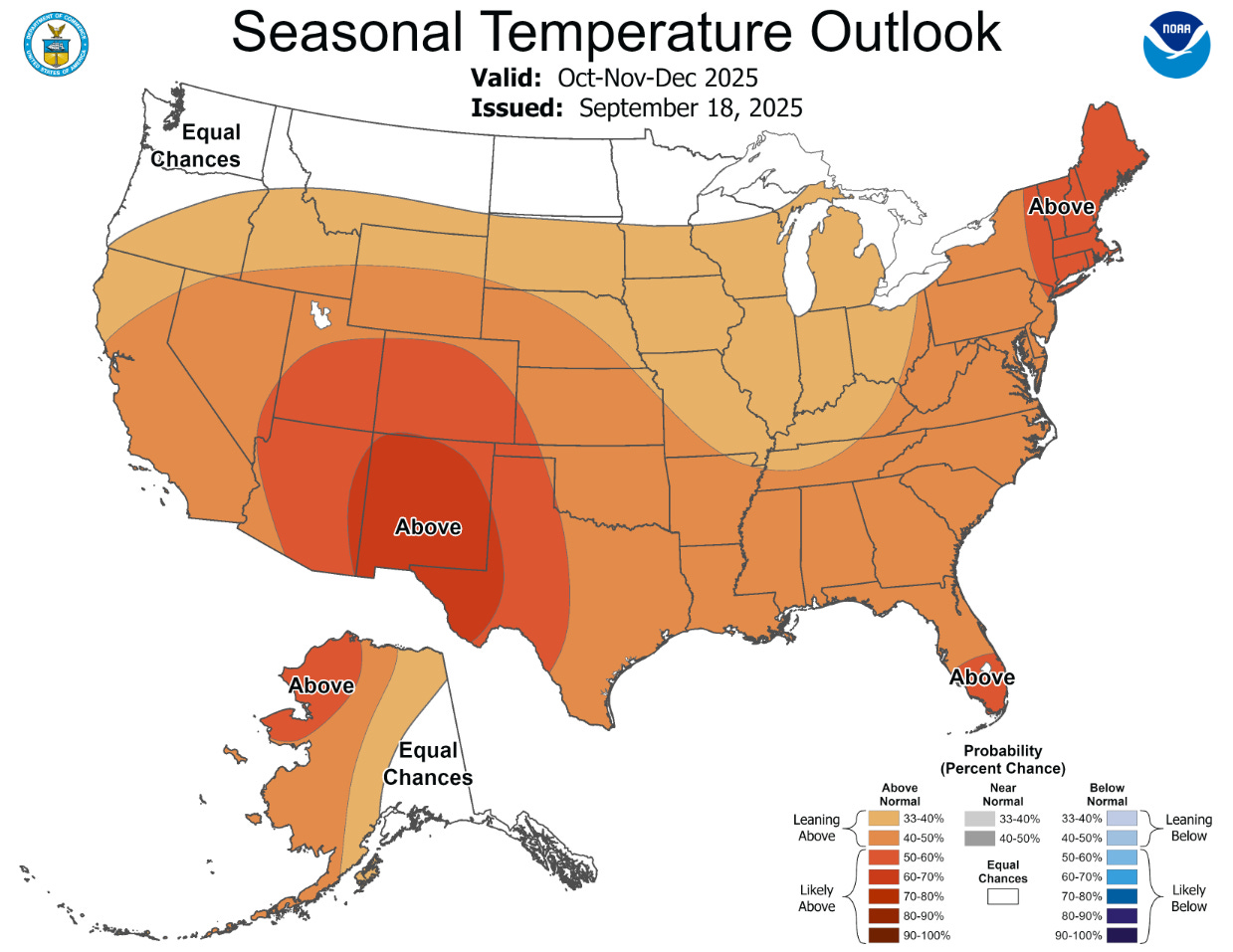How Weather Could Wreck Retail’s Holiday Quarter
With inventories inflated and consumers tightening wallets, a mild December could turn seasonal merchandise into stranded assets.

🧭 The Setup: Retailers Are Stocked Up — Maybe Too Much
From Ralph Lauren to American Eagle, retailers have loaded up on goods ahead of this year’s holiday season. Some of that was tactical — importing early to avoid tariffs — but the side effect is clear: inventories are running hot.
According to the Wall Street Journal, apparel inventories rose an average of 6% year-over-year in Q2 2025, with footwear, discount, and specialty retailers up as much as 11%. The logic made sense when demand looked resilient, but the timing is tricky:
Inflation remains stubborn
Labor markets are softening
Consumers plan to cut holiday spending by 5% (PwC)
“Nothing can derail a brand elevation journey like too much inventory,” said Ralph Lauren CFO Justin Picicci.
Keep reading with a 7-day free trial
Subscribe to G2 Weather Intelligence to keep reading this post and get 7 days of free access to the full post archives.

